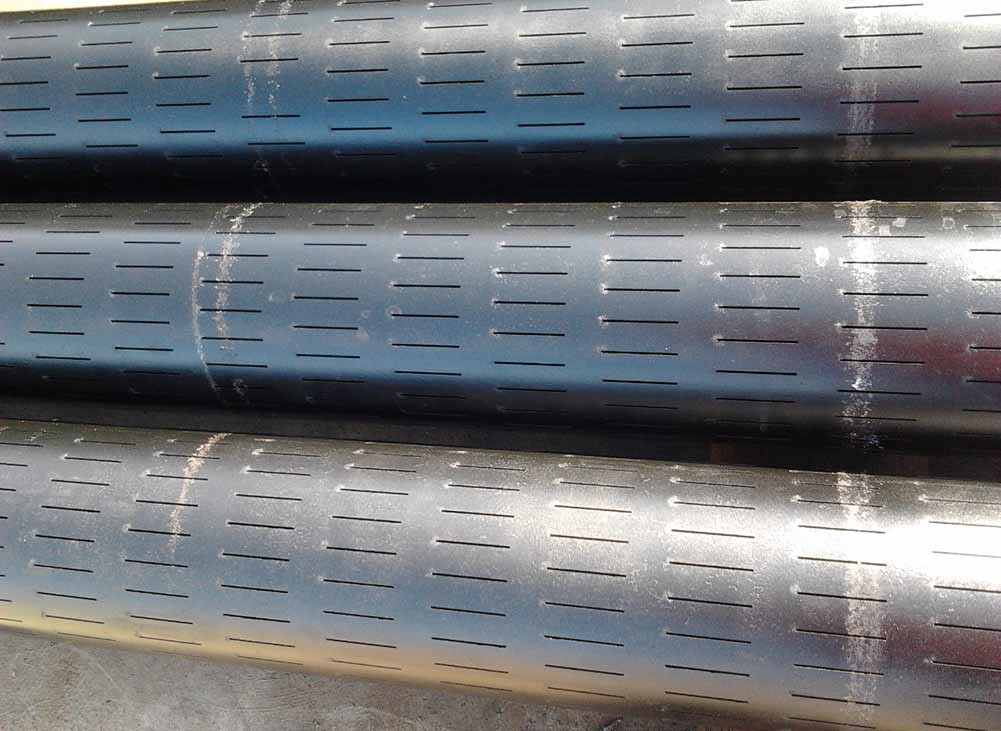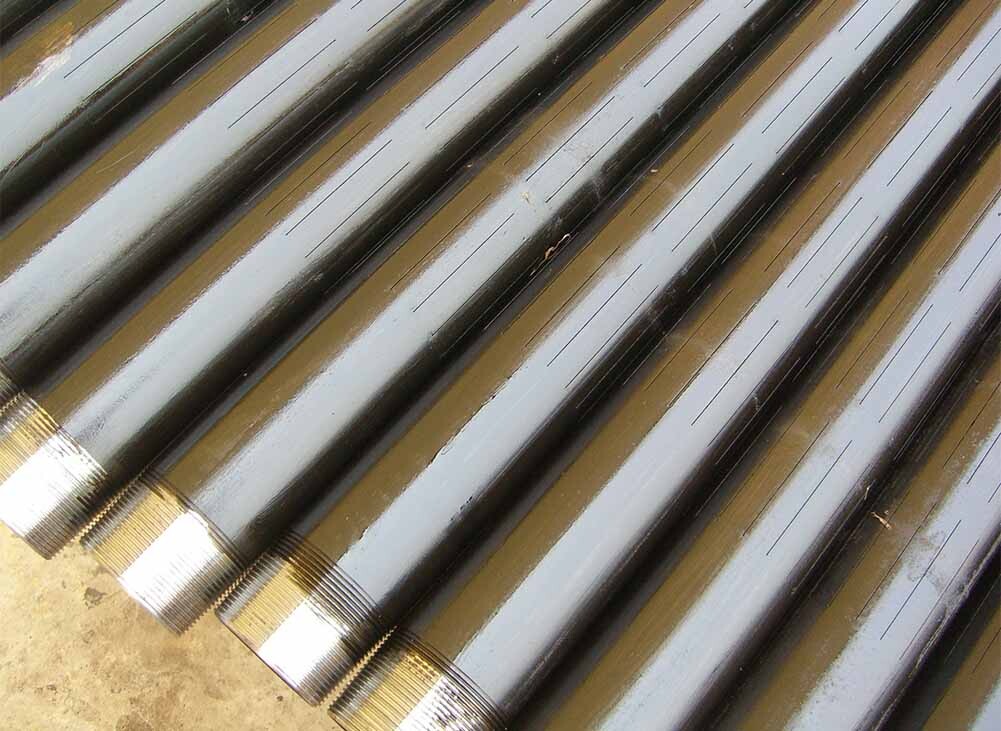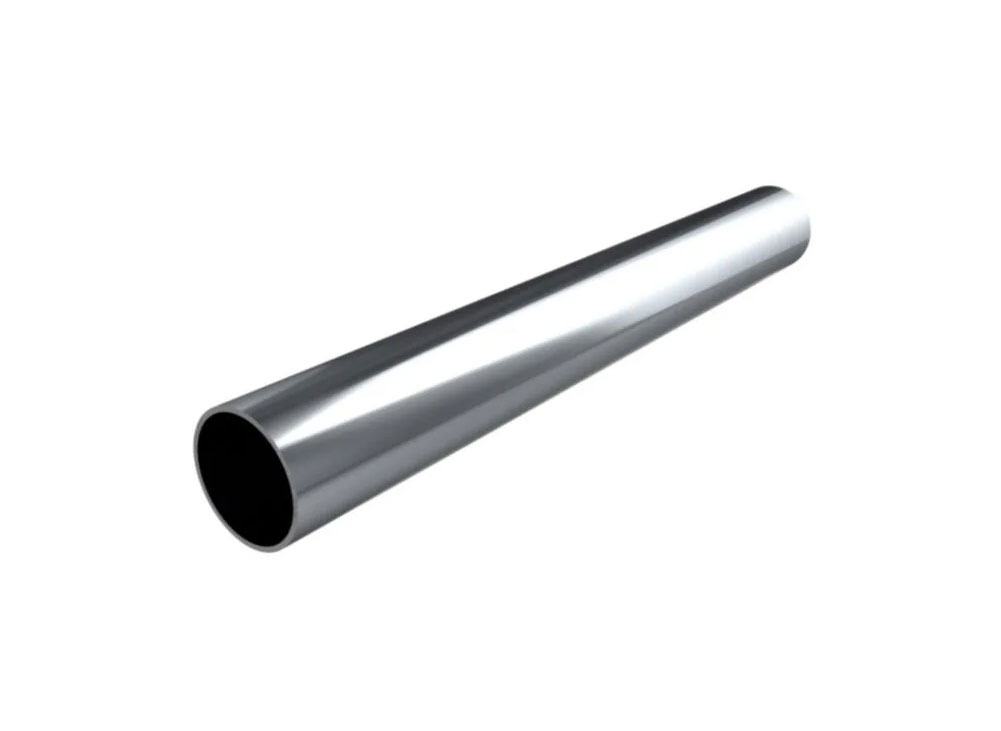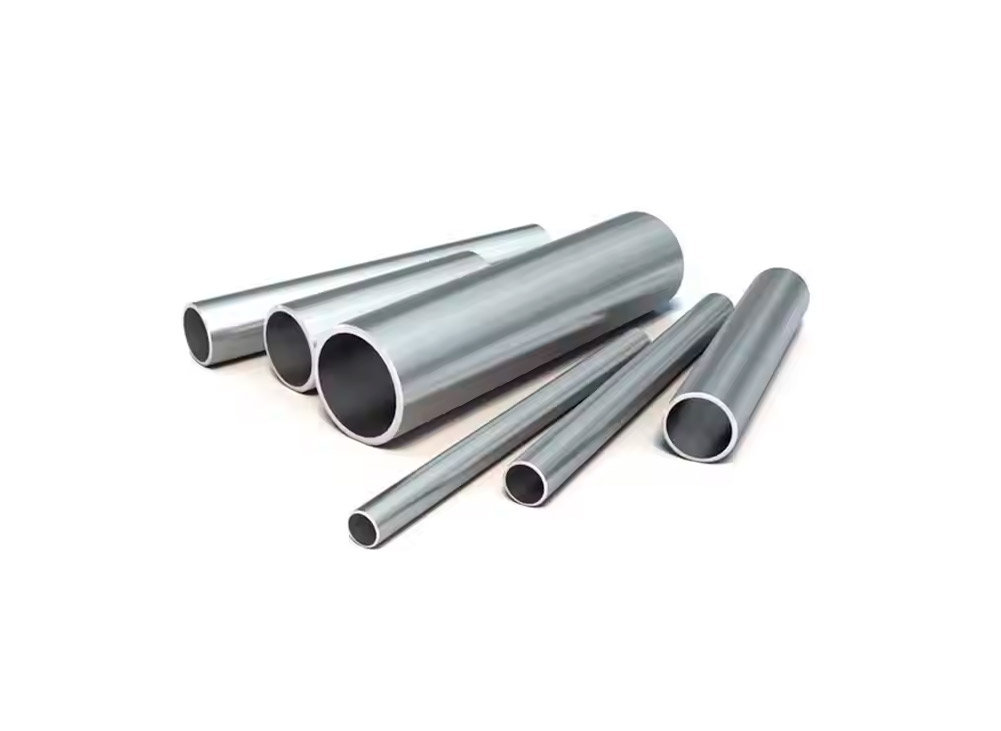
Isothermal oxidation at 1150°C (2100°F) for 100 h results in a corrosion rate of about 0.3 mm/year (13 mpy), and exposure at the same temperature for 1000 h causes about 0.2 mm/year (9 mpy).
Cyclic oxidation at 1150°C (2100oF) for 5 x 24 h, with cooling to room temperature every 24 hours gives a corrosion rate of less than 1.1 mm/year (43 mpy), which is only marginally greater than the corrosion rate at 1000°C (1830°F).
Cyclic oxidation testing for 1000 h (15 minutes at the testing temperature and 5 minutes at room temperature, making a total of 3000 cycles) places heavy demands on the elasticity and adhesive capacity of the oxide. The
test results in Fig. 4 show that the resistance of 253 MA in such difficult conditions is superior to that of both ASTM TP310 and EN 1.4828 (ASTM TP309). The very good properties of this grade in cyclic conditions
have been achieved by adding rare earth metals and silicon.

Product sellable. Not available in the online Store - please contact us.
Applications
253 MA has come to be used extensively in the metallurgical, petrochemical and power industries. Typical applications are:
Tubes in waste heat recovery systems in the metallurgical industry, e.g. recuperators
Tubes in heat treatment furnaces, e.g. radiation tubes, thermocouple protection tubes, burner components, furnace rollers
Tubes for injection of pulverized coal in blast furnaces Tubing for fluidized-bed combustion plants
Furnace tubes for mud incineration plants
Tubes for carbon black process gas coolers/air heaters Tubes for the glass and cement industries
Styrene reactor tubes EDC cracking tubes
Convection tubes in ethylene cracking
Air preheater tubes in sulphuric acid gas converters Muffle tubes in continuous wire annealing furnaces
Corrosion resistance
Air
253 MA has very high resistance to oxidation, especially at cyclically varying temperatures. See Figs. 3 and 4. The service temperature in air should not exceed about 1150°C (2100°F).
Isothermal oxidation at 1150°C (2100°F) for 100 h results in a corrosion rate of about 0.3 mm/year (13 mpy), and exposure at the same temperature for 1000 h causes about 0.2 mm/year (9 mpy).
Cyclic oxidation at 1150°C (2100oF) for 5 x 24 h, with cooling to room temperature every 24 hours gives a corrosion rate of less than 1.1 mm/year (43 mpy), which is only marginally greater than the corrosion rate at 1000°C (1830°F).
Cyclic oxidation testing for 1000 h (15 minutes at the testing temperature and 5 minutes at room temperature, making a total of 3000 cycles) places heavy demands on the elasticity and adhesive capacity of the oxide. The
test results in Fig. 4 show that the resistance of 253 MA in such difficult conditions is superior to that of both ASTM TP310 and EN 1.4828 (ASTM TP309). The very good properties of this grade in cyclic conditions
have been achieved by adding rare earth metals and silicon.
Bending
Annealing after cold bending is not normally necessary, but this should be reviewed depending on the degree of bending and the operating conditions.
If cold bending has exceeded 10–20%, we recommend solution annealing for tubes that are to be used at temperatures above about 800°C (1450°F), and when the highest possible creep strength is required in the bent tube.
Hot bending should be carried out at 1100–850°C (2050–1560°F) and should be followed by solution annealing.
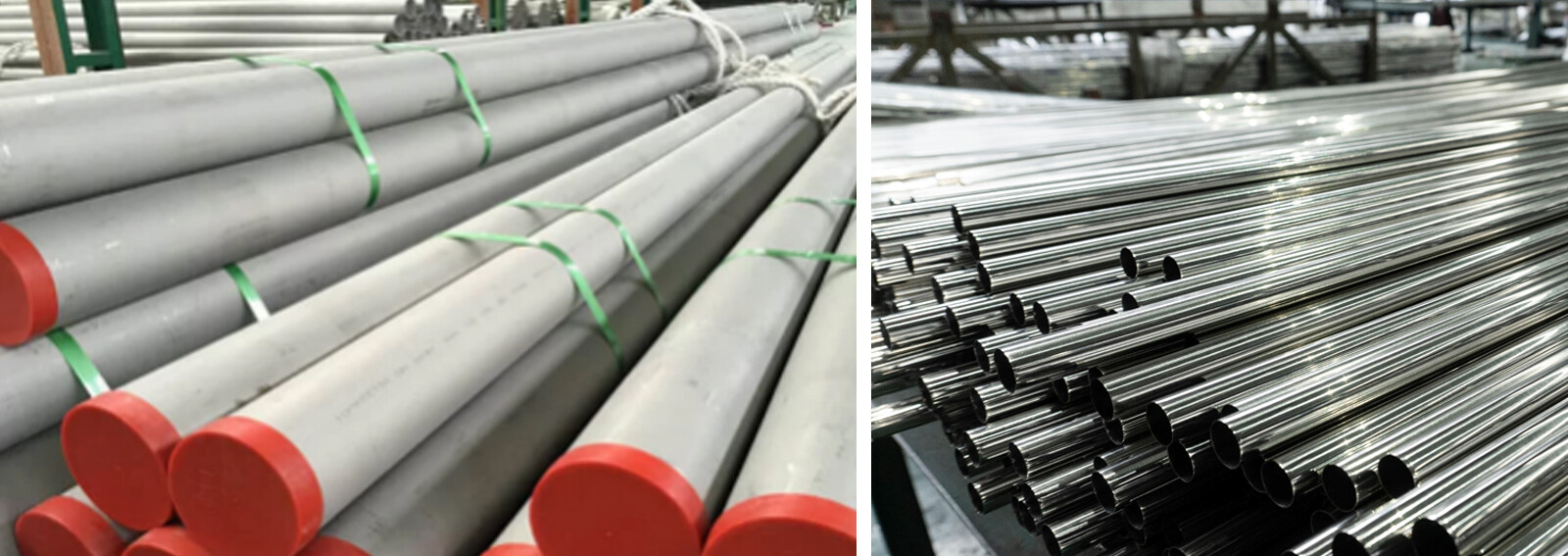
Approvals
Approved for use in ASME Boiler and Pressure Vessel Code, Section I, III and VIII, Div. 1 (SA-182,SA-213,SA-240, SA-249 SA-312 and SA-479).
Chemical composition (nominal)
Chemical composition (nominal) %
Heat treatment
Tubes are delivered in the heat treated condition. If another heat treatment is needed after further processing, the following is recommended:
Stress relieving
850-950°C (1560-1740°F), 10-15 minutes, cooling in air.
Solution annealing
1050-1150°C (1920-2100°F), 5-20 minutes, rapid cooling in air or water.
Mechanical properties
Metric units, at 20°C
1 MPa = 1 N/mm2
Imperial units, at 68°F
a) Rp0.2 and Rp1.0 correspond to 0.2% offset and 1.0% offset yield strength, respectively.
b) Based on L0 = 5.65 √S0 where L0 is the original gauge length and S0 the original cross-section area
At high temperatures
Metric units
Physical properties
Density: 7.8 g/cm3, 0.28 lb/in3
Relative magnetic permeability
1.003 (typical value)
CONTACT US
SHANDONG HAOXUAN MATERIALS CO.,LTD
Would you like to contact HAOXUAN or one of our sales/service partners? You can search for sales and service contacts through the following channels.
PRODUCT SHIPMENT

RELATED PRODUCTS
MESSAGE




 Fig. 1. Proof strength Rp0.2 and creep rupture strength at 10 000 and 100 000 h.
Fig. 1. Proof strength Rp0.2 and creep rupture strength at 10 000 and 100 000 h. Fig. 2 Relationship between nominal stress and minimum creep rate at 600 –1100°C (1110–2010°F).
Fig. 2 Relationship between nominal stress and minimum creep rate at 600 –1100°C (1110–2010°F).